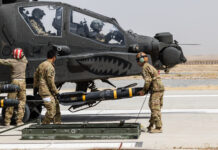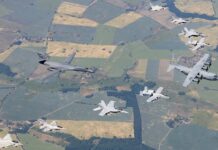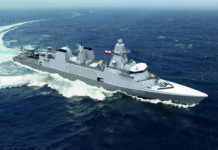The end of the Warsaw Pact and the collapse of the Soviet Union opened the way towards a new future for Eastern Europe, but the path was not the same for every country. Different circumstances led to different results and that influenced the nature of the transitional process and the time necessary to rejoin the European mainstream. In the case of Romania, the revolution of December 1989 and the demise of the Ceausescu regime, was the starting point for this transition.
The National Salvation Front (FSN) came to power following the revolution and they would go on to win the first post-Communist election in May 1990 and this would eventually be followed by the drafting of a new democratic constitution. Romania had embarked on an immense process of change in terms of politics, economics and society and it would take time for these changes to take effect. As with elsewhere in Eastern Europe, the establishment of respect for the rule of law across society and successfully battling against corruption were key challenges. In terms of external relations, achieving NATO membership in 2004 and EU membership in 2007 demonstrated Romania’s political progress.
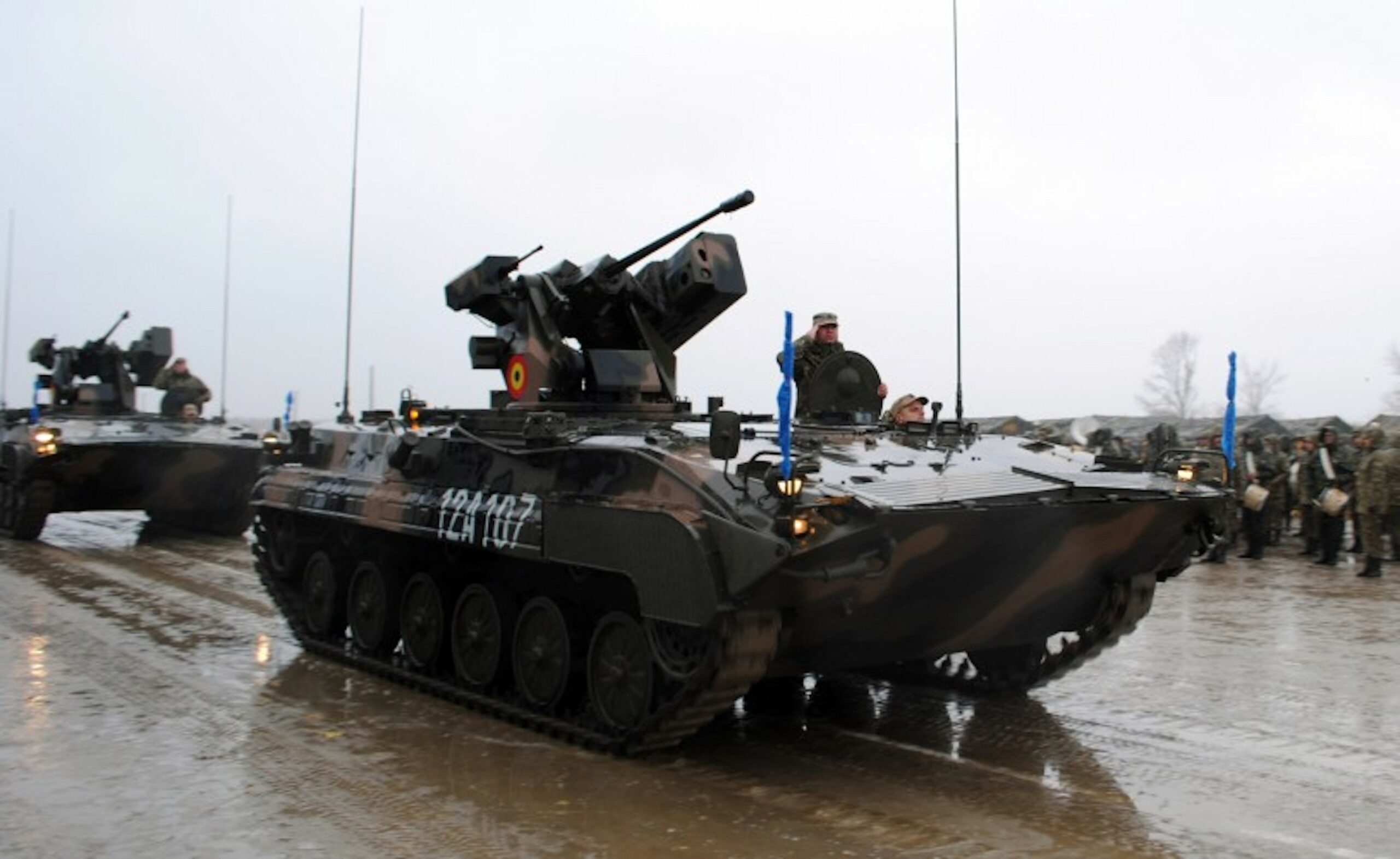
Credit: Romanian MoD
The Romanian Armed Forces are another national institution that has transformed itself since the 1990s. The starting point was accepting the fact that the military was far larger in size than necessary and financially unsustainable. On top of that, a large proportion of legacy equipment was unusable. For Romania was to meet its long-term goal of NATO membership, military reform was needed. As Romania’s economy improved it became possible to increase defence expenditure, restructure the military establishment and reorganise the military from a conscript to a professional force.
Security Challenge
The evolution of Romanian military capabilities had to be gradual, the inescapable fact was that there was insufficient funding available for a rapid military transformation. Romania did benefit from the transfer of equipment from surplus stocks in Europe, for example Gepard self-propelled anti-aircraft guns (SPAAGs) from Germany and I-Hawk PIP surface-to-air missile (SAM) systems from the Netherlands. Also acquired were two Type 22 frigates from Britain, which were modernised before delivery to Romania and commissioned in 2004/2005.
Romania also looked to use its defence industry to modernise legacy equipment, much of which had been produced locally. This was a cost-effective solution to modernisation and also had the benefit of sustaining local industrial capability. Romanian industry had capabilities in air, land and sea systems, with the potential to further develop to support national defence requirements. This would provide a capability to sustain in-service equipment and, where suitable, produce new equipment and systems to meet national needs.
Obviously how Romania intended to develop its defensive capabilities was based on an appreciation of the strategic situation in the Black Sea region and the surrounding territories. The assumption had been that there was a measure of strategic stability, an assumption which proved incorrect as in February/March 2014 Russia annexed Crimea and by April 2014, the War in Donbas commenced. In response, Romania would embark on a number of major defence acquisitions over the next few years.

The Romanian Air Force (FAR) had been attempting to acquire a replacement for its MiG-21 Lancer aircraft for some considerable time, but funding proved difficult. In 2015 a new possibility emerged as Portugal had surplus F-16A/B aircraft, this resulted in the Peace Carpathian I programme under which nine F-16A Block 20MLU and three F-16B Block 20MLU were supplied to the FAR in 2016/2017. Then in early 2020, FAR was able to acquire another five F-16A Block 20 aircraft from Portugal, under the Peace Carpathian II programme, with deliveries complete by early 2021.
The FAR was acquiring combat aircraft at very affordable prices, but more aircraft were required. By the end of 2021 this led FAR to Norway, who were retiring their F-16A/B fleet. In a contract worth EUR 454 M (Peace Carpathian III), the FAR was to acquire up to 32 F-16A/B MLU aircraft and associated support and training, with deliveries between 2022 and 2024. Separately, a contract covering F-16 modernisation and logistics support for the existing fleet was signed with the US.
In 2017 a major Foreign Military Sales (FMS) contract was announced between the US and Romania, this was valued at USD 1.25 Bn and covered the supply of 54 M142 HIMARS launchers, GMLRS and ATACMS missiles, as well as supporting equipment, with first deliveries in 2021. Another major FMS contract with the US was valued at USD 3.9 Bn, covering the supply of seven PATRIOT Configuration 3+ fire units, plus associated MIM-104E PAC-2 GEM-T and PAC-3 MSE missiles. More recently, a contract valued at USD 300 M for two Coastal Defence Systems (CDS), using the Kongsberg Naval Strike Missile (NSM), was placed with the US with Raytheon as prime contractor.
Future Needs
These contracts represent just some of the major programmes actioned by Romania after the Crimean annexation and War in the Donbas. Although substantial sums had been spent, there were still major capability gaps that needed to be filled. Filling those gaps became even more pressing after the Russian invasion of the Ukraine in February 2022 and the fact that this conflict still continues more than a year later, which in turn continues to present Romania with major security challenges.
For the Romanian Land Forces, the acquisition of the GDELS Piranha 5 is a key modernisation programme. The initial contract covered 227 vehicles, with a joint venture agreement between Uzina Mecanică București (UMB) and GDELS covering local production of the Piranha 5 being signed in March 2022. In February 2023 it was reported that Romania would acquire an additional 150 Piranha 5 vehicles.
Currently the Land Forces operate the indigenous TR-85 and old Soviet T-55 tanks, clearly an unsatisfactory state of affairs. The resolution to this problem appears to be the acquisition of a tank battalion of M1 Abrams amounting to 54 tanks as a starting point. As a part of growing defence links with the Republic of Korea (ROK), Romania has investigated a number of ROK defence products, including the K2 tank, although an Abrams purchase would seem to block this acquisition.
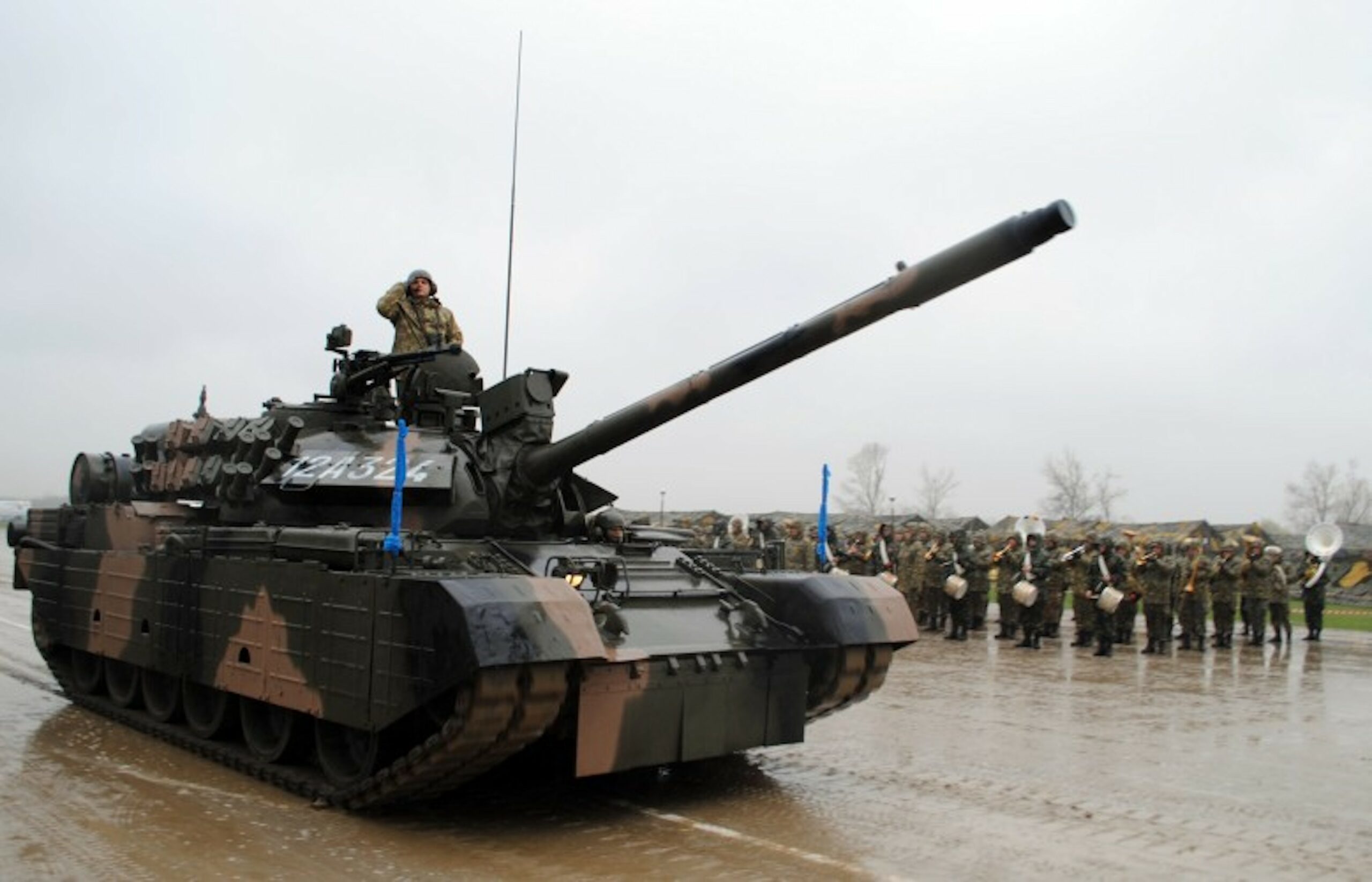
Credit: Romanian MoD
Where the ROK could benefit is in terms of tube artillery, Romania’s legacy fleet is weak in this area and the Hanwha K9 155/52 mm self-propelled gun is a possible solution, and there is also interest in ammunition and ammunition technology transfer. Nexter’s CAESAR system would also be a likely contender for a tube artillery and associated ammunition requirement. There is also a potential requirement for a tracked IFV replacement and improved air defence capabilities in the VSHORAD/SHORAD sector. Also important are growing defence ties with Turkey, including Romarm signing a memorandum of understanding (MoU) with Aselsan on smart munitions technology transfer, and a potential order for Bayraktar TB2 UAVs.
Turning to the Romanian Navy (FNR), back in 2019 Naval Group and its local partner Santierul Naval Constanta (SNC) announced they had been selected to provide four Gowind multi-mission corvettes, modernise the two FNR Type 22 frigates and build a maintenance facility and a training centre. A binding contract was never signed, however, in June 2022, Romania and France did sign a Naval Cooperation Agreement and it has been suggested that this could lead to the Gowind programme being signed in the near-term.
Another potentially significant programme for the FNR is a submarine acquisition, they currently have a single Project 877 Kilo class that is essentially inoperable. The naval agreement with France would seem to put Naval Group in the lead for any future FNR submarine programme.
Despite the current uncertain strategic situation in the Black Sea region, the positive state of the Romanian economy and future economic growth projections, indicate that Romania can continue to build its defensive capabilities. The continuing conflict in the Ukraine means that Romania has little choice but to look to its defences.
David Saw







